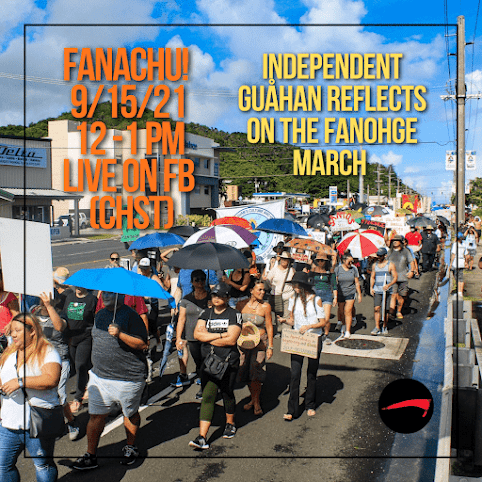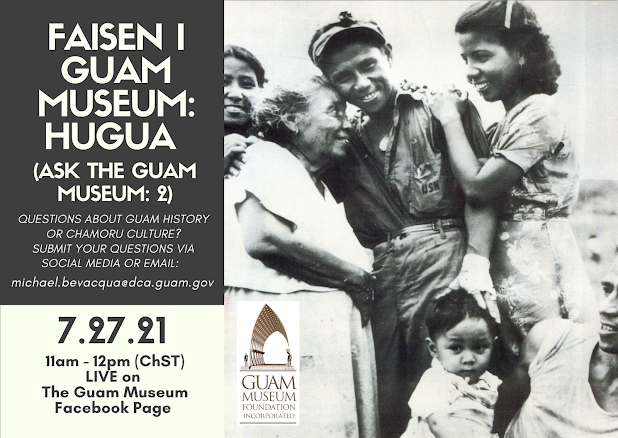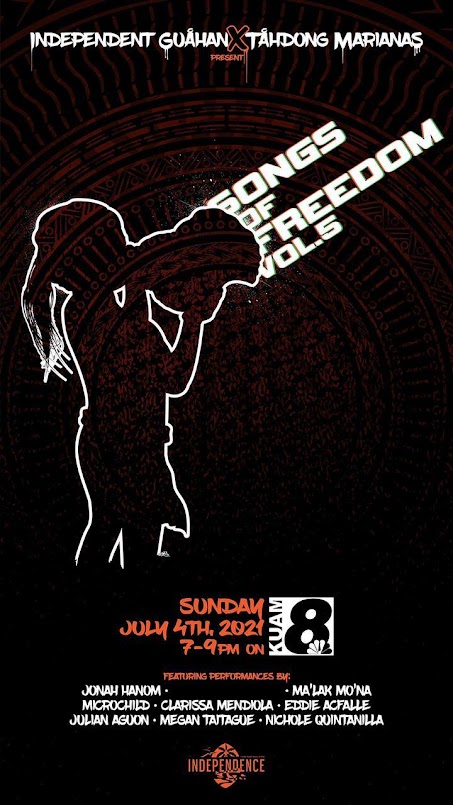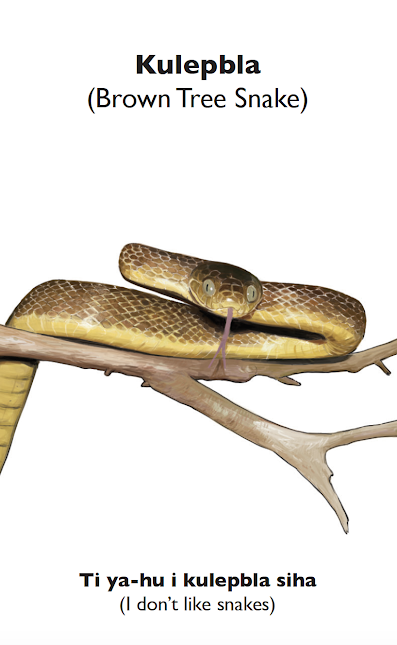Two Years Later...

I am excited this week to sit in a Zoom room with other members of Independent Guåhan to reflect on our role in making possible the Fanohge March for Chamoru Self-Determination on September 2, 2019. If you aren't familiar with it, this was a historic day. More than 2,000 people marched in support of the rights of the Chamoru people to self-determination and also marched in support of Guam becoming something other than an unincorporated territory. The event was organized by a collective of volunteers, including all three political status task forces and a number of community groups. If you want to learn more about that day, learn some inspiring stories, but also hear some reflections on what has happened in the time since, tune in this coming Wednesday (9/15) at 12 noon Guam time, live on Facebook.



